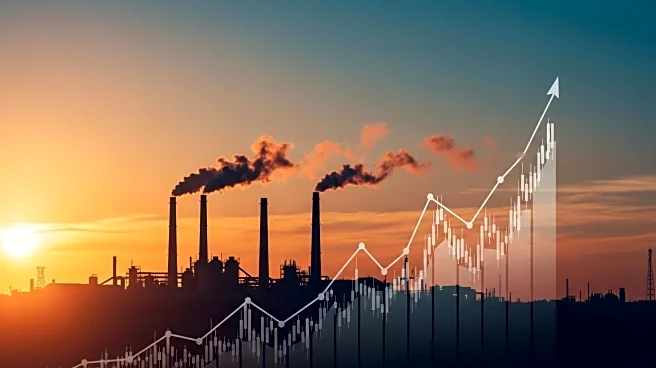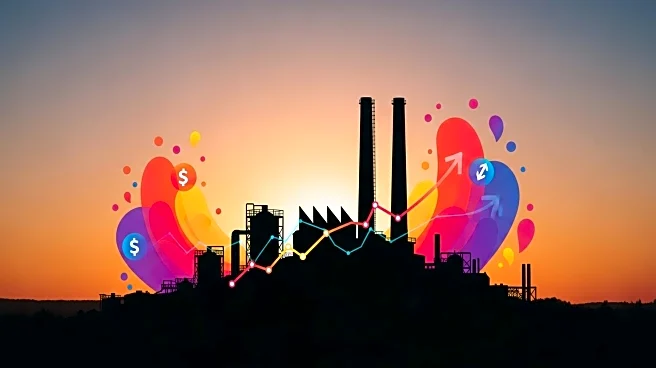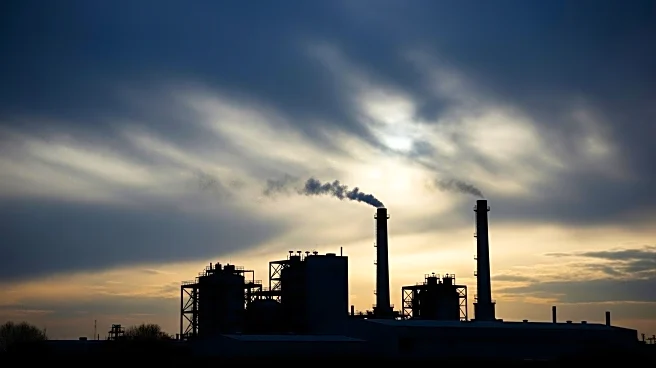What's Happening?
In August, Texas manufacturing activity continued to grow, albeit at a slower pace compared to previous months. The production index decreased from 21.3 to 15.3, yet it remained above the average, indicating ongoing expansion. The new orders index turned positive for the first time since January, increasing by 9.4 points to 5.8. Despite a slight decline in capacity utilization, shipments saw a significant rise, jumping 11.5 points to 14.2. However, perceptions of business conditions slightly worsened, with the general business conditions index dropping nearly 3 points to -1.8. The company outlook index also fell by 1.4 points to 3.3, while the uncertainty index rose over 7 points to 18.3, surpassing the series average. Labor market indicators showed an increase in employment and longer workweeks, with the employment index rising to 8.8 and the hours worked index surging to 15.0. Notably, 20% of firms reported net hiring, while 11.2% noted net layoffs. Price pressures remained high, with the prices paid for raw materials index increasing slightly and the prices received for finished goods index rising by 4.0 points.
Why It's Important?
The slower expansion in Texas manufacturing, coupled with rising prices, highlights ongoing challenges in the sector. The increase in raw material costs and wages suggests inflationary pressures that could impact profitability and pricing strategies for manufacturers. The positive shift in new orders indicates potential future growth, but the decline in business conditions and increased uncertainty may dampen optimism. The labor market's mixed signals, with both hiring and layoffs, reflect the complex dynamics businesses face in balancing workforce needs with economic conditions. These developments are crucial for stakeholders, including policymakers and industry leaders, as they navigate economic recovery and inflationary trends.
What's Next?
Looking ahead, the outlook for Texas manufacturing appears cautiously optimistic. The future production index and general business activity index both showed improvement, suggesting potential growth in the coming months. However, the increased uncertainty index indicates that businesses may remain cautious. Stakeholders will likely monitor inflationary pressures and labor market dynamics closely, as these factors could influence strategic decisions and policy responses. The manufacturing sector's performance will be pivotal in shaping broader economic trends in Texas and potentially influencing national economic policies.











